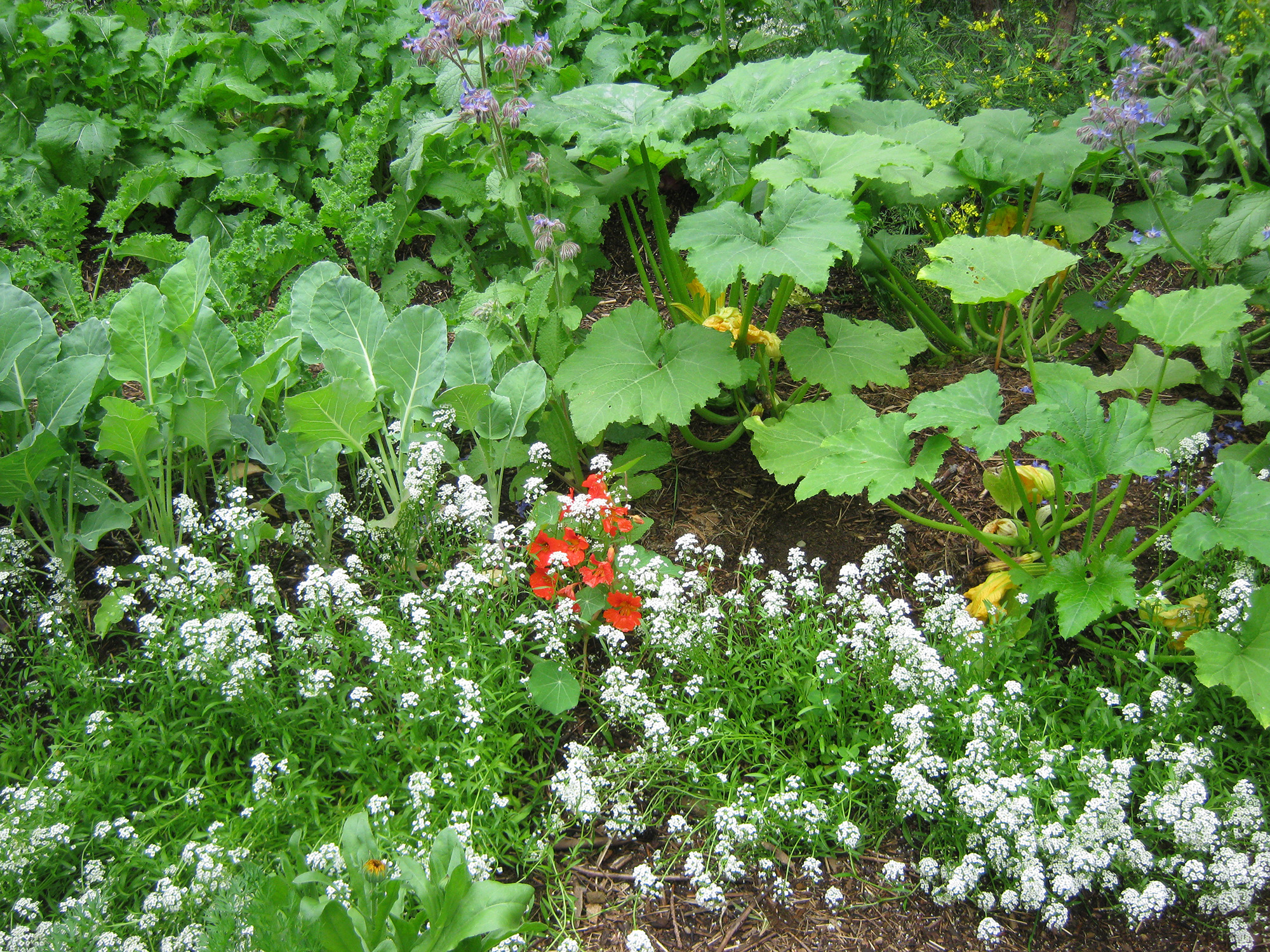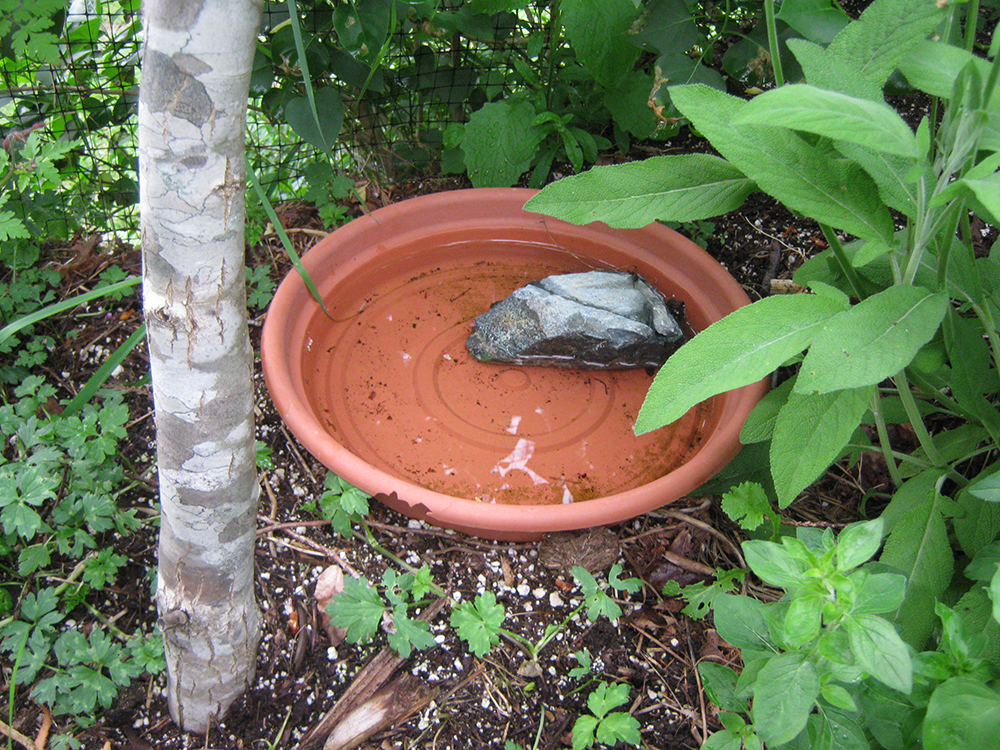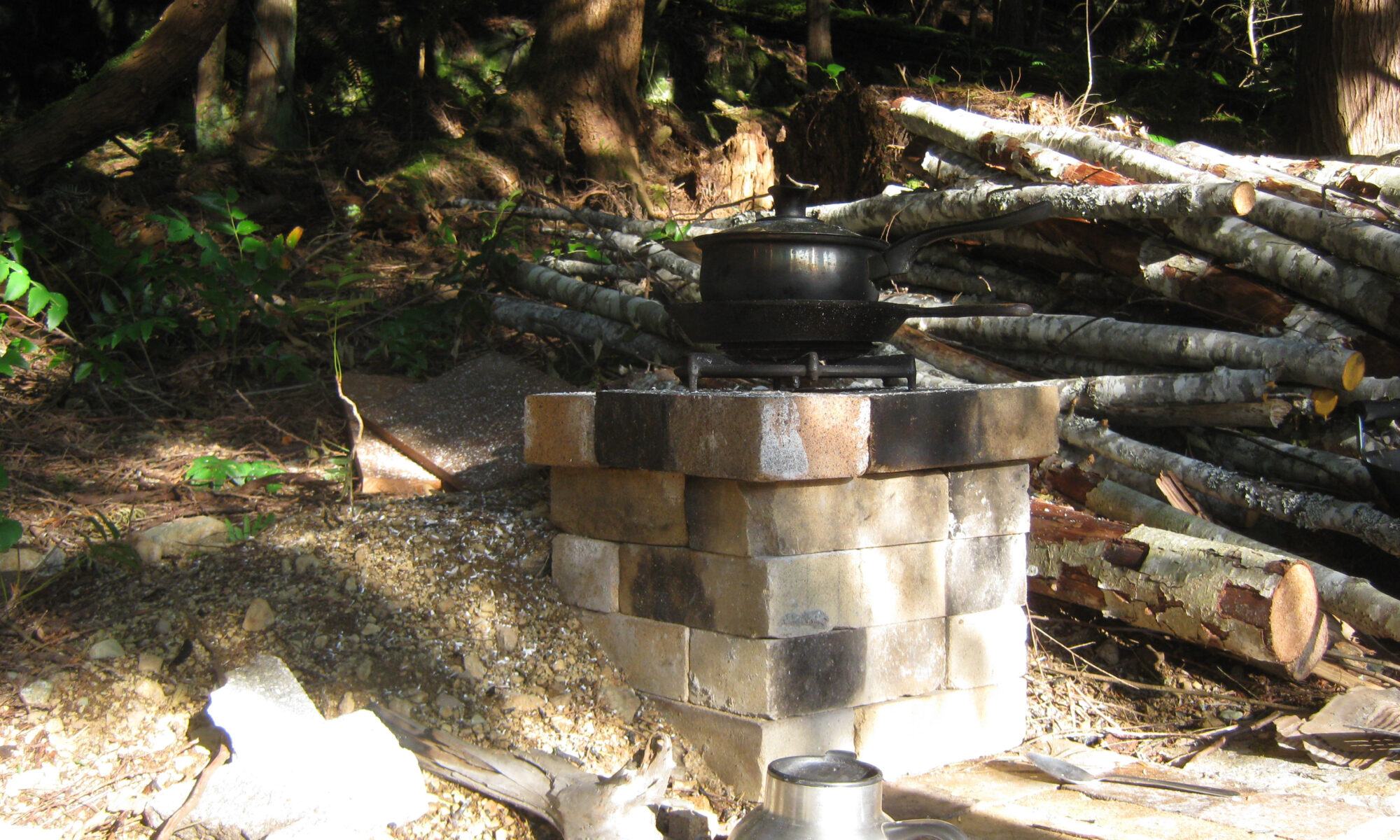 Permaculture design advocates doing an analysis of each element of a design to understand its inputs and outputs – aka, its needs and its offerings; aka, energy in vs. energy out.
Permaculture design advocates doing an analysis of each element of a design to understand its inputs and outputs – aka, its needs and its offerings; aka, energy in vs. energy out.
This will enable you to place each element in the right place within the design, connecting elements in a permaculture design. These are the first pieces of the puzzle. Continue reading “Connecting elements in a permaculture design”


